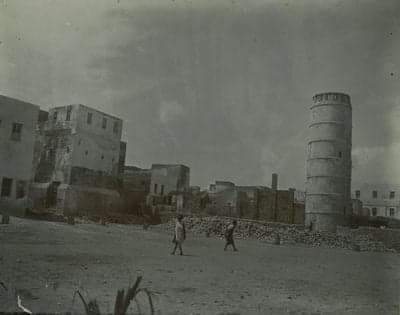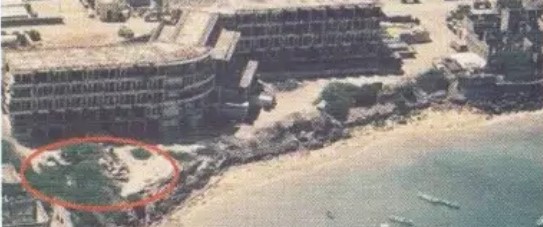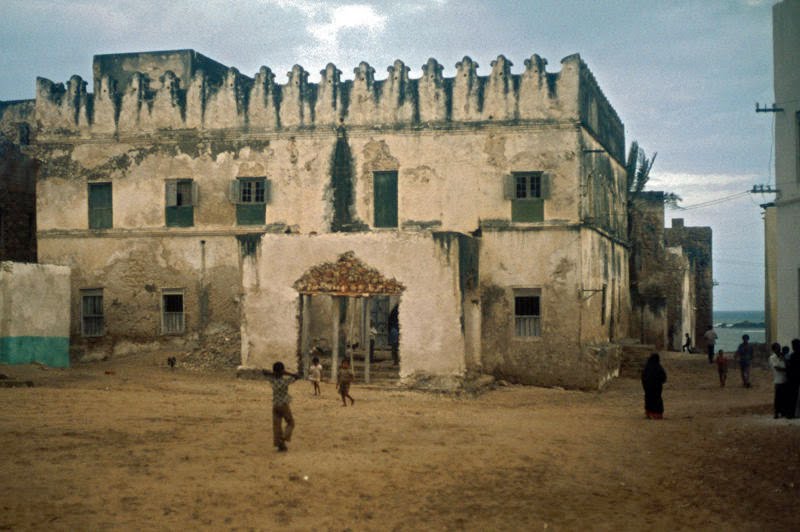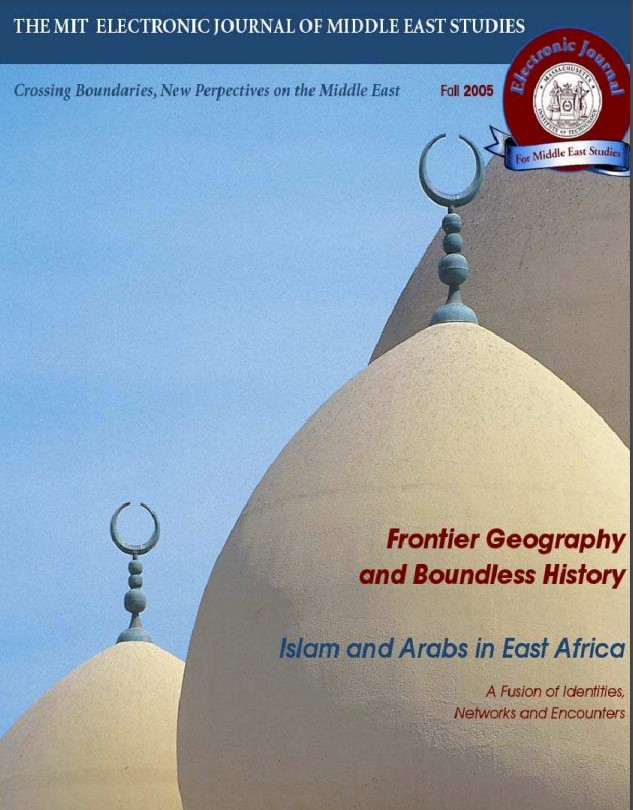
The oldest existing Masjid in Somalia is Masjid Jaama’a (also known as Friday Mosque or Masjid Jum’ah) – built in the year 636 AH, it is situated in the heart of Hamarweyne. It is one of the three oldest Mosques in Mogadishu, the other two being Masjid Araba’a Rukun and Masjid Fakr ad-Din (both built in 667 AH), all located in the historical quarters of Hamarweyn and Shingani. According to locals and oral tradition, the mosque was originally called Mohammed al Awal (which translated to Mohammed the 1st), this attests to the fact that the mosque was built during the period when Mogadishu was ruled under Mohammed Ali. In addition, adducing to this is that it was under his rule the Mosque Mohammed al Tani was also built, which translates to Mohammed the Second.
The characteristic of the mosque is much unique to other mosques in Mogadishu, the main prayer hall is approximately 2m lower than the exterior ground level, meaning visitors will have to go down a step of stairs upon entering the building. It is also worth mentioning that the minaret of the mosque is commonly attributed to the main building of the mosque itself as seen in most photos of the mosque. However, the minaret was built at a later date of the actual mosque and was in fact a separate building, this is seen by the different style of writing and design in both sets of buildings.
The Friday Mosque is a common name for the main central mosques in the Swahili Coast and other parts of the world. In Barawa, Miskiti Ya Juma (Friday Mosque) is one of the oldest Mosques located in Mpayi – Marka, Malindi, Zanzibar all have a mosque called Friday Mosque (known as Masjid Ijuma in Swahili).
In 2009, Masjid Jaam’a in Hamarweyn went under major restoration works to supposedly preserve its antiquity, Nuredin Hagi Sheekh wrote about this in his book “Exploring the Stone House of Mogadishu”, below is an extract taken from this book:
I am informed by an eyewitness that during restoration work in 2009, a doorway to a lower level was discovered, which has been walled up to prevent entry to the vault in case of collapse. But what surprised everyone, according to the witness, was that the ceiling of the room was not supported by wooden beams, but was of reinforced concrete, suggesting a more modern construction. Some of the locals are convinced it is an underground bunker built by the Italians and used during the English aerial bombardment in WWII. According to other elders it is an entirely local underground tunnel carved into the rock. Its reopening and inspection may solve this mystery.
The writing on the mihraab of this mosque is in “Shiraazi” Arabic, while that on the entrance to the tower is in a different style, which may indicate two separate periods of construction. Of the decorative pottery plates that are embedded in the plaster walls, it seems that some are old, and some are new, and perhaps of little significance. However, it is important that all of them are dated, and that any of antique provenance are left in place even if their cracks and chips may seem unattractive to the eyes of non-experts.
In 2013, during removal of debris following restoration work, a mihraab was discovered in this mosque to three-one at the right and the other at the left of the central mihraab. The question remains as to the function of these two extra mihraabs. End Quote.

Sources:
Adam, Anita. “Benadiri People of Somalia with Particular Reference to the Reer Hamar of Mogadishu”: 59.
Hagi Scikei., N., 2018. Exploring The Old Stone Town Of Mogadishu. 1st ed. Newcastle: Cambridge Scholars Publishing, p.63.









